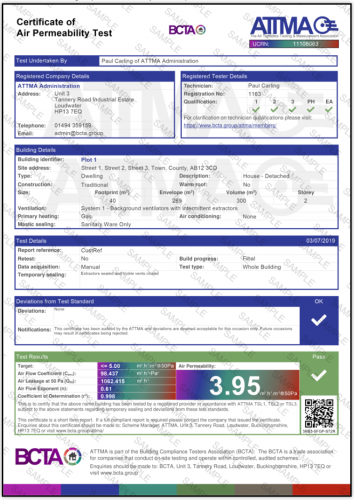- About ATTMA
What Is Air Tightness Testing
- Certification
AIR TIGHTNESS TESTING
AIR TIGHTNESS TESTING SCOPE
UK AND EUROPE
Scheme Requirements
AUSTRALIA AND NEW ZEALAND
Scheme Requirements
VENTILATION
DOMESTIC VENTILATION COMMISSIONING SCOPE
APPLY
Scheme Requirements
- Members
United Kingdom
European Union
Australia
United Arab Emirates
New Zealand
Asia
ATTMA DOMESTIC VENTILATION COMMISSIONING
united kingdom
- Training
APPROVED TRAINING PARTNERS
- ATTMA News
ATTMA News
ATTMA ANZ News
ATTMA FAQ's
- ATTMA Tools
Fan Calibration Variable Calculator
Fan Capacity Calculator
Technical Standards Comparison
Testing Software Comparison
Air Tightness Testing Requirements by Country
- Downloads
- Lodgement
Certificate Validation
The ATTMA App
What is ATTMA Lodgement?
Lodgement Updates
Login to ATTMA Lodgement




